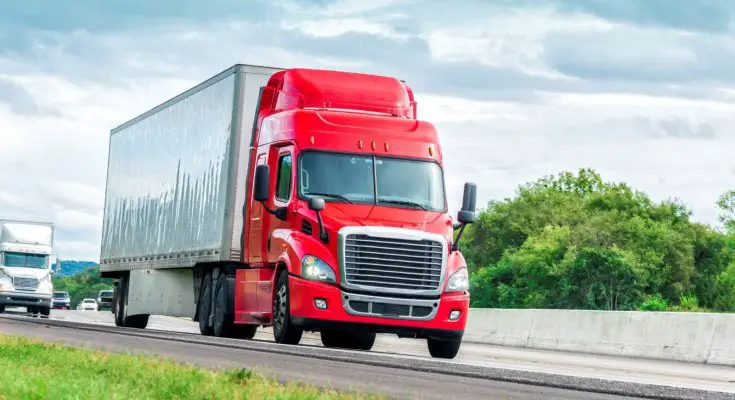No one can ever deny the presence of tractor-trailers. Even before seeing them pass by you on the road, their existence is felt without any excuse. The powerful sound of its engine and its massiveness declares that you are in the company of among the most prominent commercial vehicles that ever existed.
These trucks aren’t meant for passengers. Its prime purpose is to haul in freight, which often weighs tens to thousands. In addition, it plays an enormous role in maintaining all business industries operate smoothly by delivering heavy loads of machinery and hazardous materials.
Are you interested to learn further about semi-trucks before finally purchasing one or two for your business? Here are the three fascinating things you didn’t know about semi-trucks that will surprise you.
What are semis?
The introduction of the semis goes way back to the late 1800s. It was a time when the future of big trucks would change for the better. Initially, people only saw and used semi-trucks for transporting cars from one location and then to another. Soon, they realized that these trucks offered more than only transferring cars and broadened the market to goods, materials, and many more throughout the country.
You cannot work with the semi alone for transportation to become possible. You need to have a trailer attached to the massive vehicle, hitched, and secured via the fifth-wheel coupling.
Semis gave different references like:
- Semi-tractor trailer
- Semi-truck
- Tractor-trailer
- Big Rig
- 18-Wheeler
- Semi-trailer truck
How to operate the “Big Rig?”
The big rig’s engineering is similar to a car. However, the most significantly noticeable difference is the effort drivers have to put in to operate the big rig as it pulls several thousands of pounds of freight. As such, drivers are encouraged and advised to learn, train, and earn their commercial driver’s license (CDL) before driving the 18-wheelers.
The licenses come in three specific class ranges, from A, B, and C, which entail:
- A allows the driver to maneuver any truck combinations that have a total gross weight of 26,001 pounds or more.
- B permits drivers to manage a combination of total weight the same as for Class A. But, it can only tow vehicles that are 10,000 pounds or less.
- C authorizes you to transport passengers.
Do these trucks operate manually or automatically? The data provides that many tractor-trailers are on a manual transmission. The models can have as many as 18 gears altogether. Driving these trucks requires extensive knowledge and training to achieve certification and become fully eligible when navigating through the mechanisms and safe maneuvering.
Impact on businesses and industries
The economy of the United States of America cannot fully progress, grow, or acquire success without truck drivers driving semis. More than 35 million registered trucks were accounted for in many states. Most of these were intended for business use alone.
Without these enormous vehicles, all stores and people’s homes will be empty. The continuous technological advancements promote better automation and safety features. Nothing can replace the efficiency of these big rigs, whether it’s brand new or used. And if you’re searching for old semi trucks for sale, click here.



